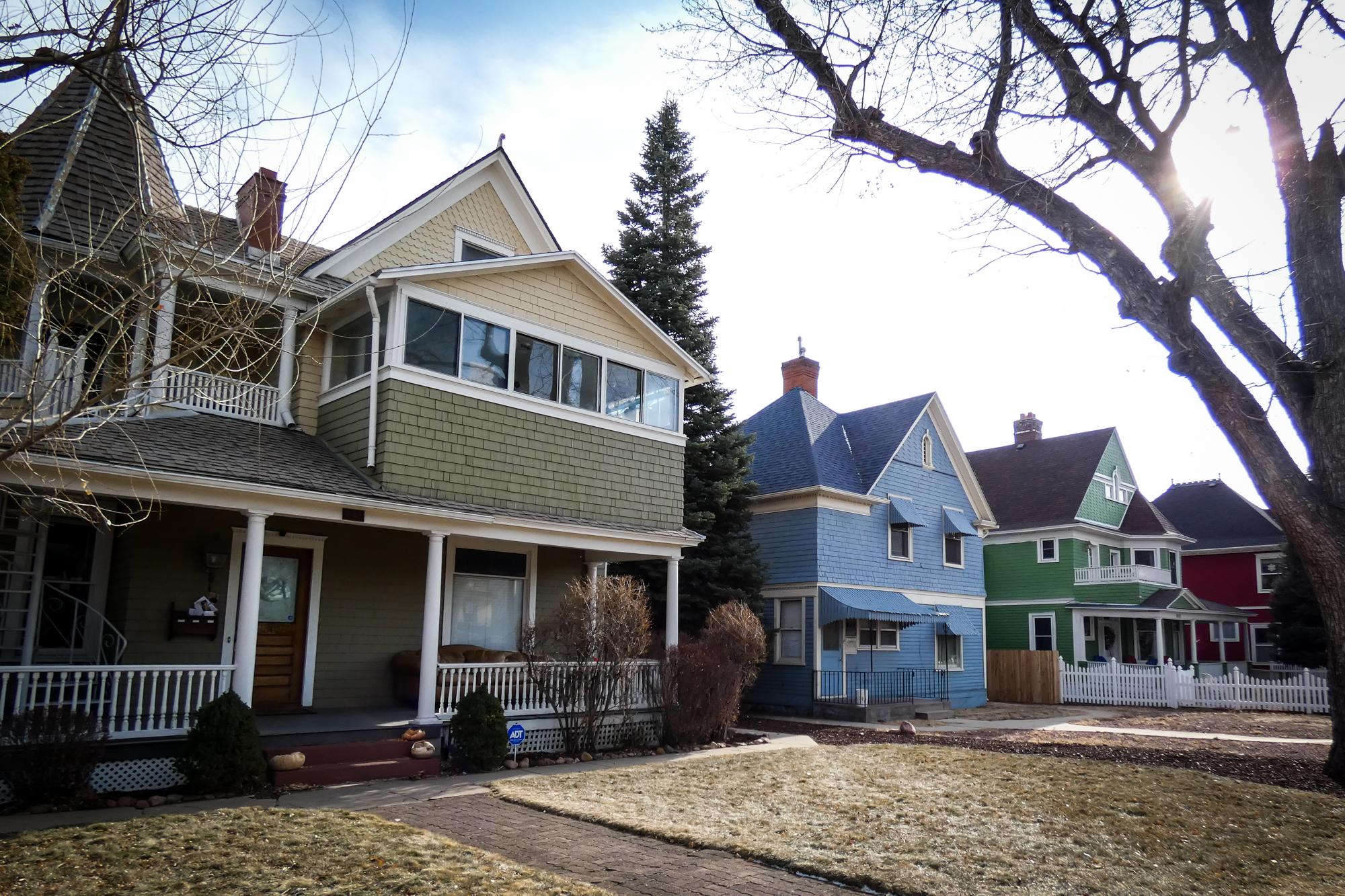
Colorado Springs is in the process of making major updates to its zoning codes. Those are the rules governing what land is developed and how it'll be used. While one of the goals is to help increase the number of available houses, some residents are worried about the potential impact on older neighborhoods.
That includes the Old North End of Colorado Springs near Colorado College, where large Victorian-era homes are often painted in bright reds, greens and blues. In the nearby Middle Shooks Run area, the homes are smaller, especially compared to most newer homes. In both neighborhoods, most of the homes are at least a century old.
These are among the neighborhoods at risk of being affected by the proposed changes in the zoning code, which hasn’t been comprehensively revised in three decades. The new 400 page draft update is known as ReToolCOS. It's part of the city's overall master plan.
“We need to update what we currently have,” said ReToolCOS project manager Morgan Hester. “To make the vision and goals happen and also be in line with more of the current trends and development.”
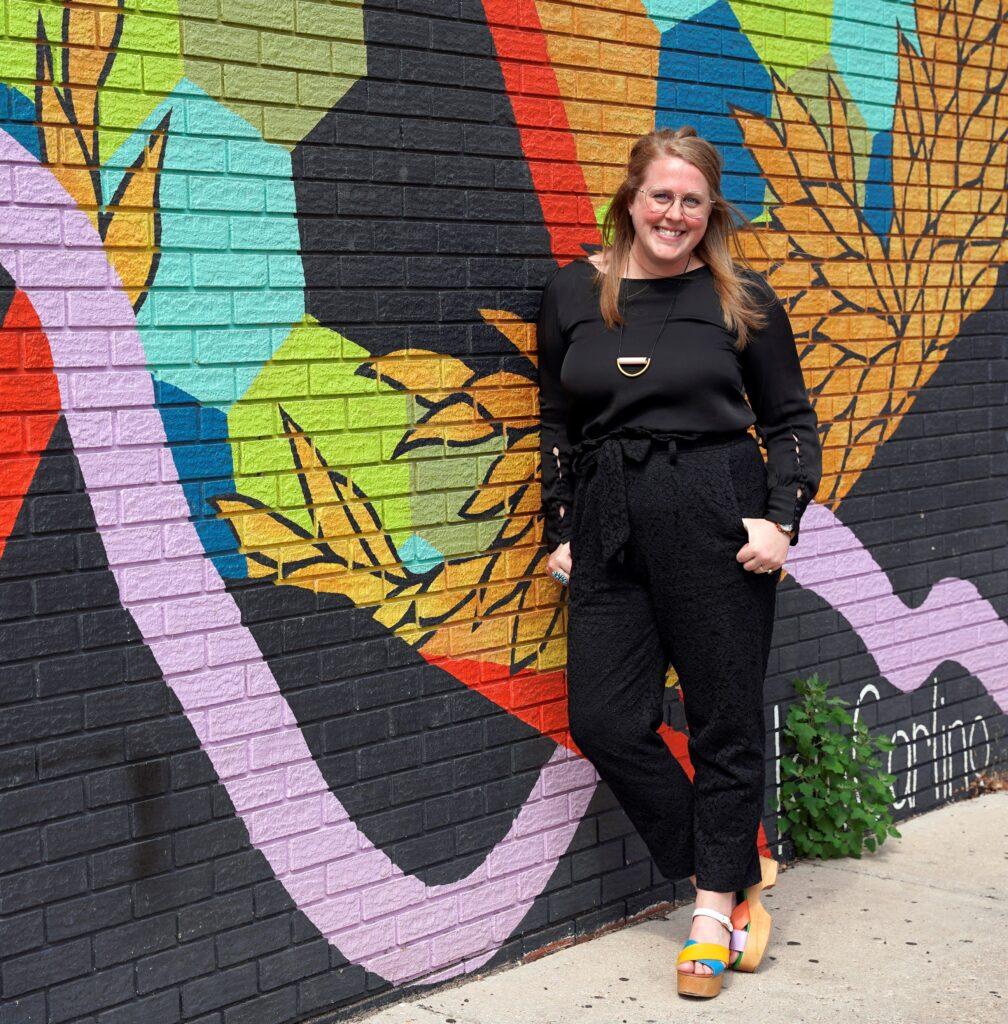
City planners say they want to create logical growth in Colorado Springs while promoting affordable and attainable housing to meet the needs of a rapidly growing population. Hester said that's in addition to protecting private property from nearby nuisances like noise or uses that aren’t a good fit for some areas like a busy nightclub.
Another goal is to make the code more user-friendly.
“So it allows for more flexibility and ease to get through the system,” Hester said.
The current zones often only allow single family homes. As a result, in order to put in a development with a mix of single family homes and apartments or even commercial uses, real estate developers usually need to apply for what’s called Planned Unit Development (PUD) approval from the city.
That process typically requires rezoning.
“It's kind of what I call the 'create-your-own-zone' district,” Hester said.
Separate standards are written for each PUD, leading to a lot of different uses scattered around the city. Once completed, Hester said the new code will be clearer and less complicated for developers.
“They're not having to recreate the wheel every time they come in with an application,” she said. “There's more of a known quantity that ‘I know what the maximum density is here, I know what the permitted uses are’ so there's less of a guessing game.”
Hester said they’re trying to create more flexible housing options.
But how that might actually play out in some areas is something that worries Dianne Bridges. She leads Historic Neighborhoods Partnership (HNP), a volunteer group that aims to preserve the character of older neighborhoods.
“The beauty, the historic nature of the homes, the structures,” Bridges said, describing what she believes is special about the neighborhoods, “The canopy of the trees, the walkability and the eclecticness of the array of different kinds of people.”
HNP has been providing input on the new code to city staff and elected officials.
“It's been, for the most part, a pretty good back-and-forth iterative process,” Bridges said.
HNP representatives are also attending public meetings, but there, each person only gets three minutes to speak and they still have issues to address.
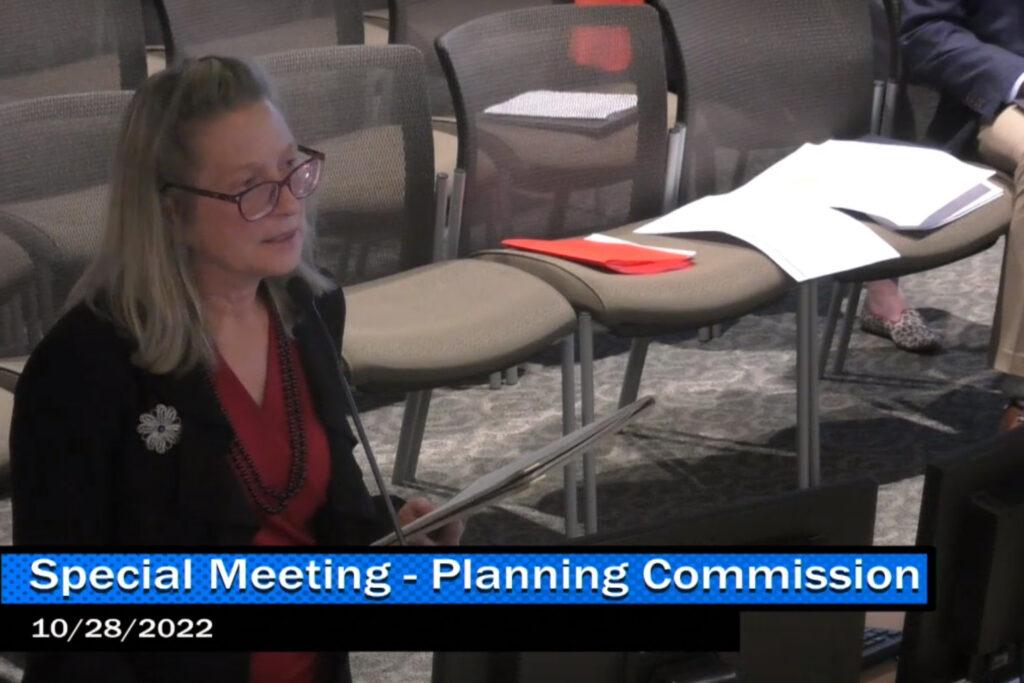
“The concern with it is that it would promote scrape-and-build and McMansions,” Bridges said. “For example, they have these nice little quaint bungalows on a rather good size lot, developers could come in and level the little bungalow and then build a much larger unit.”
Bridges said HNP wants to ensure there’s language in the new code that requires new development plan reviews to address whether or not the proposed project is compatible with nearby properties.
“A neighborhood needs to understand why a new proposal is determined to be compatible and harmonious,” she said.
HNP is also asking for less restrictive requirements for what’s called the Area Design Standards Overlay (ASDO), according to Bridges. That portion of the code helps protect unique characteristics in older neighborhoods that don’t meet the criteria for historic preservation.
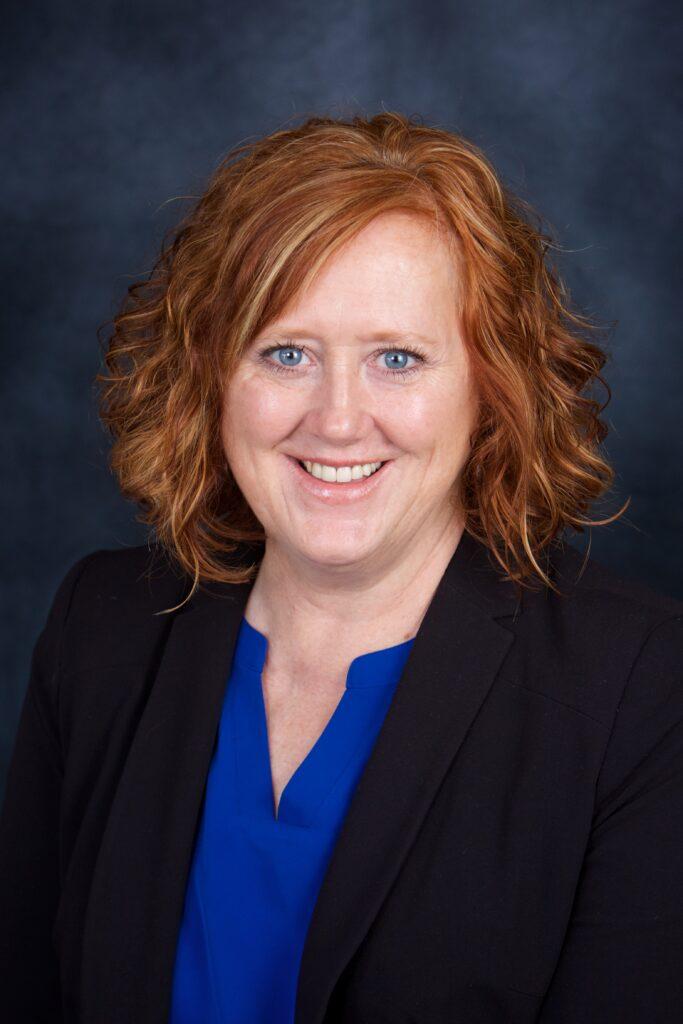
Another concern of the HNP group is that mixed uses in some places could mean that a busy commercial building might be allowed in long-established residential areas. They worry about new multi-family structures replacing older smaller homes, changing historic neighborhoods.
Laura Nelson, executive director of the Southern Colorado Apartment Association, said there's a need for more rental units.
“Many Baby Boomers are downsizing. Their children have left. They no longer want to take care of the yard or have to worry about home repairs and that sort of thing and so rental housing is very attractive to them," she said. “Then there's the Millennials, the (Gen) Z's, the (Gen) Y's. They change jobs, sometimes every five years. So we're a much more mobile society than we used to be.”
Once ReToolCOS is in place, the public will have a chance to comment on any newly proposed changes in existing neighborhoods so residents would have some recourse. That's according to project manager Morgan Hester. Even so, long-time resident Bridges said, participating in the commenting process is not always easy, especially if it includes an appeal.
“Most people don't have the time, like some of us do right now, to deal with this,” she said. "That's why a lot of people don't know about ReTOOL is (they’re) busy with their life.”
Hester said the city provides a variety of ways to comment, including online. City Council is expected to consider ReToolCOS in January including a public comment period on the agenda.
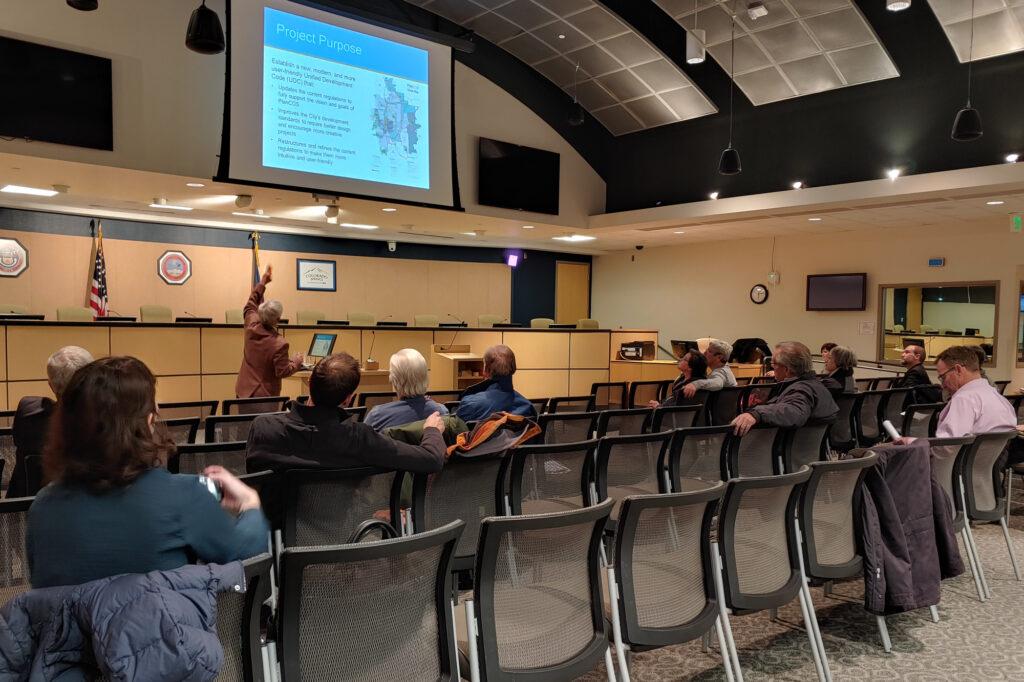
More Colorado Springs coverage
- Colorado Springs considers controversial annexation of thousands of acres
- Colorado Springs City Council approves new emergency evacuation ordinance despite concerns from residents
- Colorado Springs leaders look to the future through the lens of an aging population, education and affordable housing









